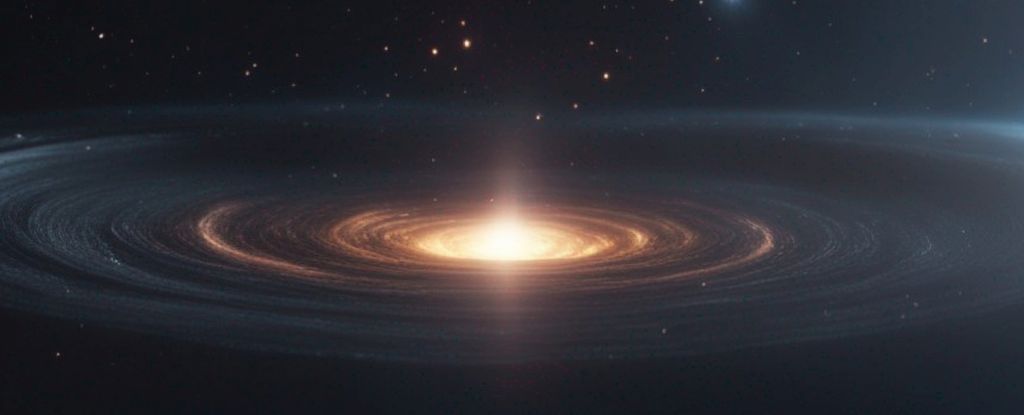
Recent discoveries suggest that the Universe may not expand indefinitely, but instead collapse under its own gravity in a finite timeline. New calculations, based on evolving dark energy, propose that the Universe has a lifespan of just 33.3 billion years. Given that we are currently 13.8 billion years post-Big Bang, this leaves us with less than 20 billion years before a potential cosmic end.
According to physicists Hoang Nhan Luu from the Donostia International Physics Center in Spain, Yu-Cheng Qiu of Shanghai Jiao Tong University in China, and Henry Tye of Cornell University in the US, the Universe will continue to expand for another 11 billion years. After this period, it will halt and reverse direction, collapsing into what is known as the Big Crunch.
Challenging the Cosmological Constant
The cosmological constant, denoted as λ, plays a pivotal role in this theory. Introduced by Albert Einstein in his theory of general relativity, λ describes the Universe’s expansion. A positive λ suggests a force that perpetually pushes outward, aiding expansion. However, recent data indicate a negative λ, implying a constant inward pull that could eventually reverse the expansion.
“For the last 20 years, people believed that the cosmological constant is positive, and the universe will expand forever,” Tye explains. “The new data seem to indicate that the cosmological constant is negative, and that the Universe will end in a Big Crunch.”
Recent observations hint that dark energy, a mysterious force driving the Universe’s accelerated expansion, may be evolving. The new model aligns with a small negative λ, though current data do not entirely exclude the possibility of λ being zero. A negative λ would hinder, rather than aid, the Universe’s expansion.
The Role of Axions
Despite the overwhelming evidence of the Universe’s expansion, the observed behavior can be explained by combining a small negative λ with an ultralight axion field, which behaves like dark energy today. Axions, proposed decades ago, are ultra-light particles that form a smooth, ghostly field throughout space.
In their analysis, Tye and colleagues describe the axion as a force that initially pushes the Universe outward but gradually weakens over time. Currently, the axion’s influence is still significant, causing the Universe to expand at an accelerating rate as gravity weakens between increasingly distant bodies.
“It’s a bit like riding a bike up a hill, with a tailwind pushing you: going up, as the tailwind eases, your ascent slows, then gently stalls at the crest before you head down the steeper side, gaining speed as you go,” the researchers explain.
In about 11 billion years, the axion’s push will weaken enough for the negative λ to dominate, halting the Universe’s outward expansion at a maximum size of about 1.7 times its current size. The Universe will then begin to contract, leading to a Big Crunch in just 8 billion years.
Implications and Future Research
The Big Crunch is essentially the reverse of the Big Bang, where all matter in the Universe converges into an infinitely dense singularity. However, this scenario is not a certainty but a potential future if current hints are validated. Further data analysis is required to confirm whether dark energy is indeed evolving.
The nature of dark energy remains elusive; it may not involve axions or axion-like particles but could be something entirely different. Nevertheless, this research offers a possible answer to one of cosmology’s most profound questions.
“For any life, you want to know how life begins and how life ends – the end points,” Tye says. “For our Universe, it’s also interesting to know, does it have a beginning? In the 1960s, we learned that it has a beginning. Then the next question is, ‘Does it have an end?’ For many years, many people thought it would just go on forever. It’s good to know that, if the data holds up, the Universe will have an end.”
This development follows a series of breakthroughs in understanding dark energy and the Universe’s fate. As scientists continue to explore these cosmic mysteries, the implications of such findings could reshape our understanding of the cosmos and our place within it.





